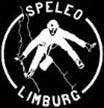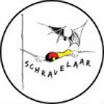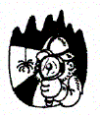DUTCH SPELEOLOGICAL EXPEDITION

The logo of the expedition is a symbol that is taken from a legend of the Azteeks. By order of their wargod Huitzilopochtli they had to find an eagle with a snake in its beak sitting on a cactus, On that particular spot they were ordered to build a city. This city, Tenochtitlan, became the capital of the empire of the Azteeks and nowadays it is the capital Mexico-City. The main goal of the expedition was the provence of Chiapas. The most southern state of Mexico on the border with Guatemala. The province became independed from Guatemala in 1824 en joined Mexico. It is 2 times the size of The Netherlands. In the years 1982-1983 a British expedition visited this area in Mexico. A member of that team was the Dutchman Laurens Smets. After two months of exploration this expedition found the promissing system of “Veshtucoc”. Because of a disease (histoplasmosis) that affected almost the whole team further exploration of this system had to be stopped. Now this cave became one of the major goals of this first Dutch Expedition to Mexico. Preparations for the expedition began in august 1984. The expedition started on 3rd december 1984 and lasted 2 months. Four members (Frans, Paco, Jan and Laurent) flew to Houston to buy a pickup truck and transport the material from Houston to Chiapas. On the 12 th of december the team arrived in Tuxtla Gutierrez and here the authorities finally gave permission for the expedition by means of a letter of recommandation. In Zapotal (San Lucas) a house was rented for 200 pesos a month. This house was set up as base-camp. The other members arrived between 17 th and 21 st of december. There was even an interpretor recuited. During the expedition 4 main area’s were explored (Sierra Los Altos De Chiapas, area above Tuxtla Gutierrez, Frontera Comalapa, around Trinataria) another area was prospected. Totaly 78 caves were explored and nearly 7 km of cave passages were surveyed.

Expeditionteam: Ruud Goossens (photographer), Hans Hoff (cook), Jan Hoogmoed (doctor), Frans Meurs (interpreter), Frans Onderwater (teamleader) Gerhard Schmitt (geoligist, photographer), Laurens Smets (teamleader), Gerard Verhaegh (supplies) and Wim van Vliet (topograph).

Exploration in the Sierra Los Altos the Chiapas: The Sierra los Altos de Chiapas is mainly consisting of limestone and the highest top is 2780 m. San Christobal is situated in a polje at the height of 2100 m in which appear several sinks (sumideros). The river Chamula sinks here and its rising near El Zapotal (700 m) in the Cueva del Agua. In the rainy season the sinks could not drain all the water from the plateau and therefore a tunnel was driven to drain the surplus. From then on the water from the Cueva de Agua is not drinkable, At the base of the mountain there are two main risings: the Rio Blanco from the Cueva del Agua and the Rio Salado. The Brittish expedition in 1982/83 vainly searched an acces tot his cave system on the plateau. In the end they found the resurgence cave “veshtucoc” near El Zapotal. This cave was explored for over a length of 3600 m and ascending 288 m. Because of the disease of almost the whole team the exploration had to be stopped.
Dutch exploration of Vestucoc: The cave contained many possibilities for further exploration. All these possibilities were explored by the Dutch team in december and january, In the end (18 th of january they reached Montezuma’s Revenge” the spot the Brittish Expedition had stopped) the continuation of the main passage was found and 1330 m of new cave passage was added with a height to overcome of 132 m. Veshtucoc is now the longest and deepest cave of the state of Chiapas with a total length of 4930 m and height of 380 m.The exploration of Veshtecoc took nine working days with a total of 60 caving-hours.


Other explorations in the Sierra Los Altos the Chiapas:

Caves around Tuxtla Gutierrez:
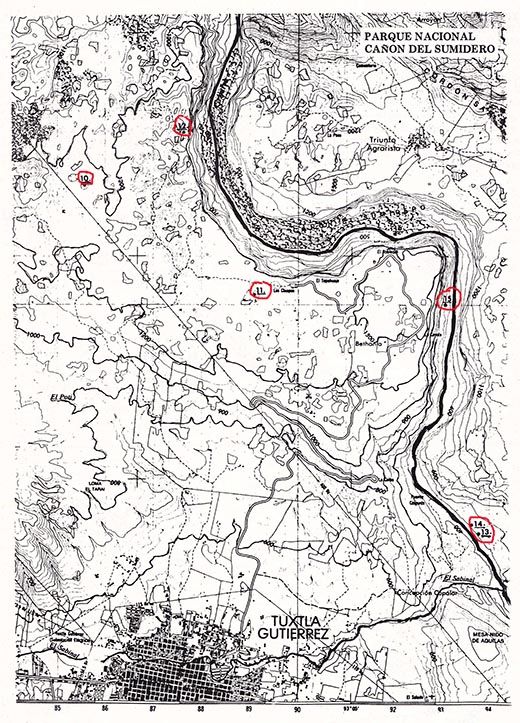
Area around Trinataria:
Cueva San Francisco: This cave is a place of pelgrimage for mexicans. The cave was found with the instructions of Mike Shawcross, who partly surveyed the cave in 1972 together with Pete Thompson. During the expedition this cave was completely surveyed. Total length 1750 m.
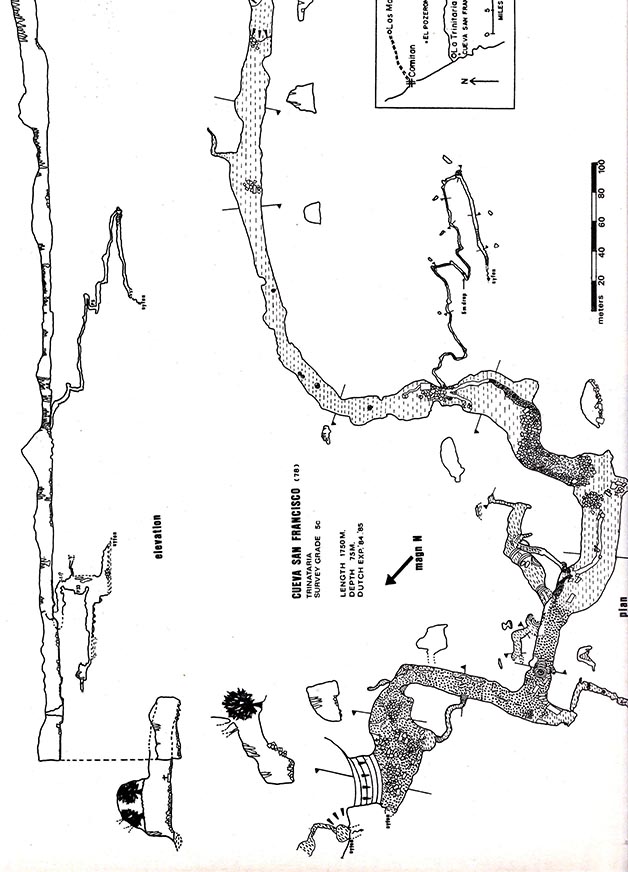

For a more detailed report you can click on the expeditionreport below
For more publications in newspapers please click below


